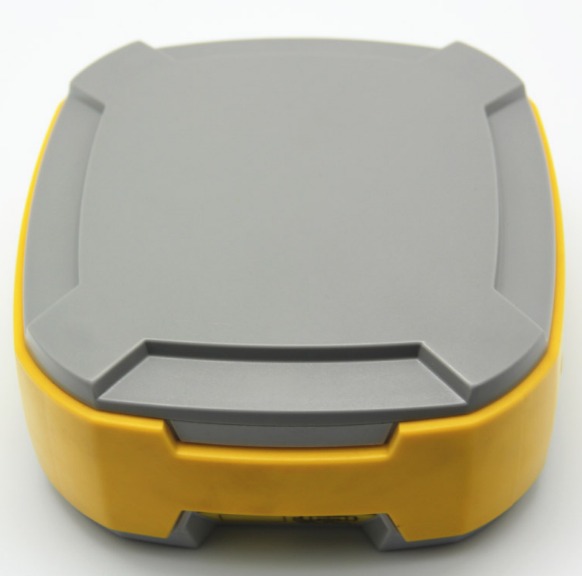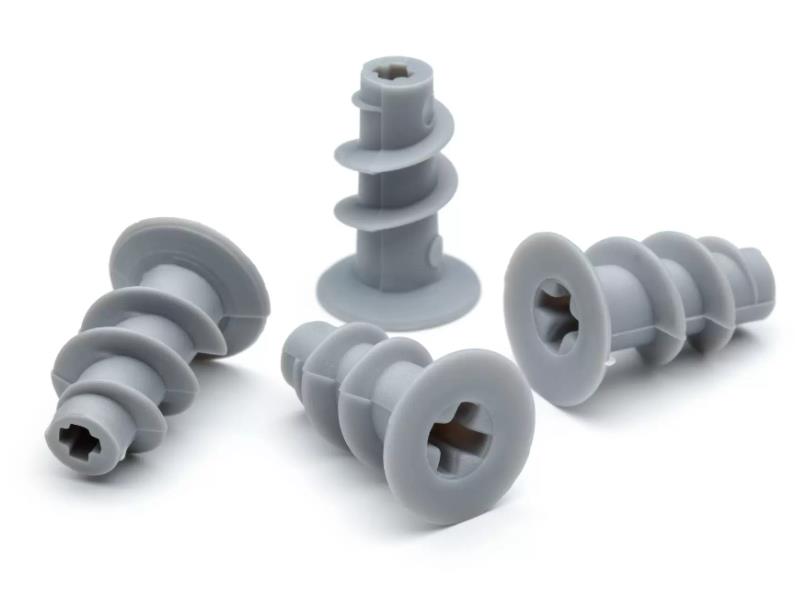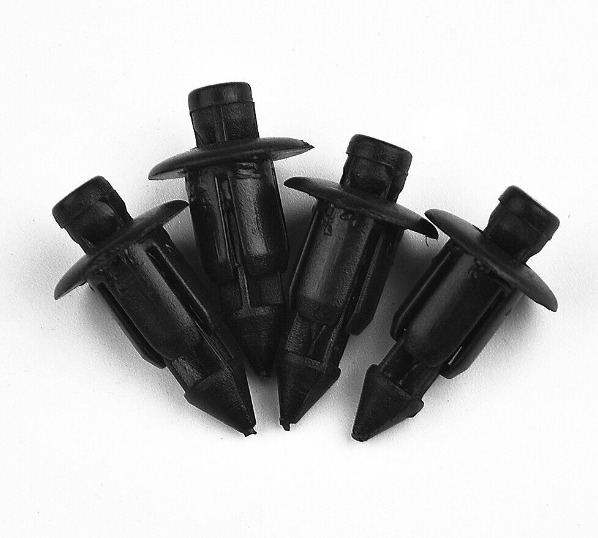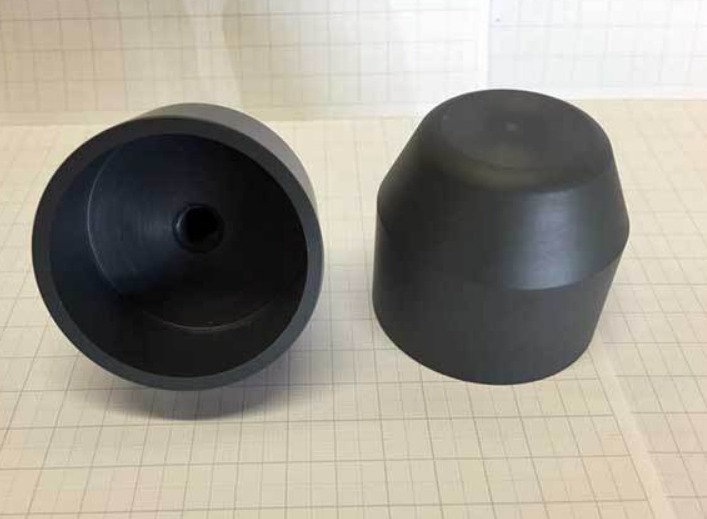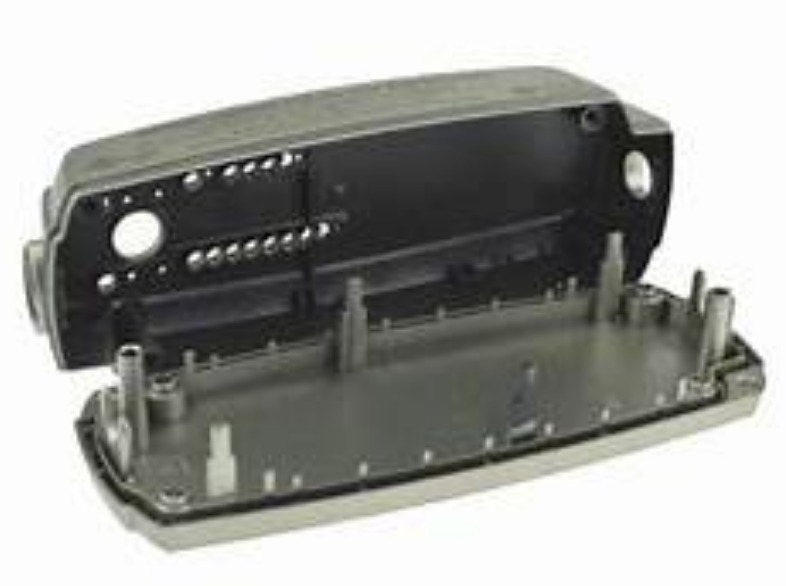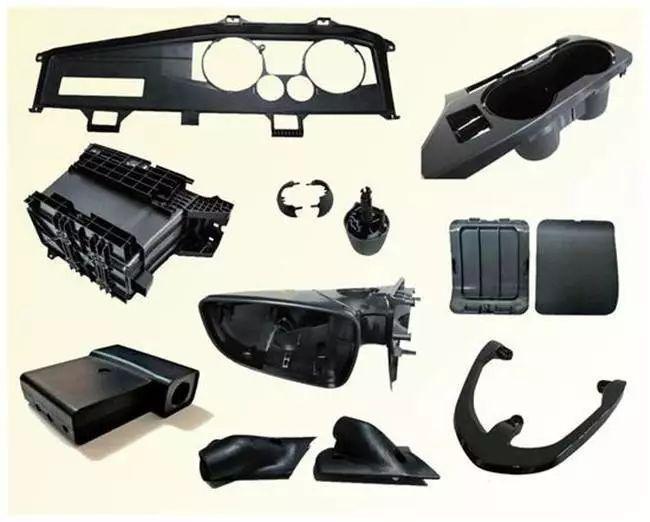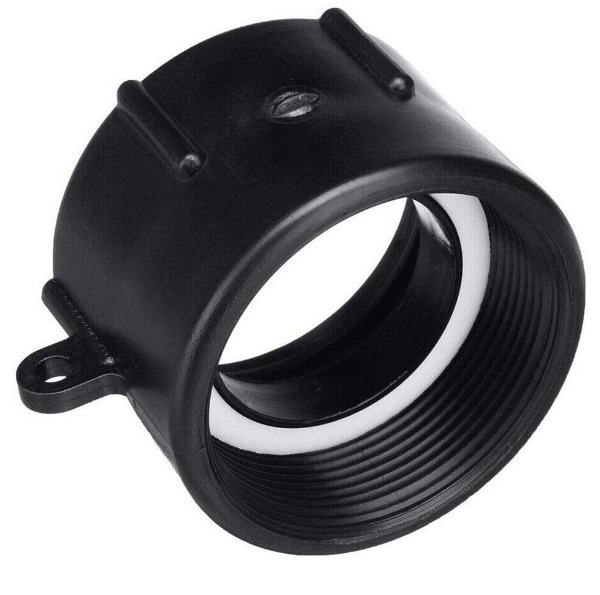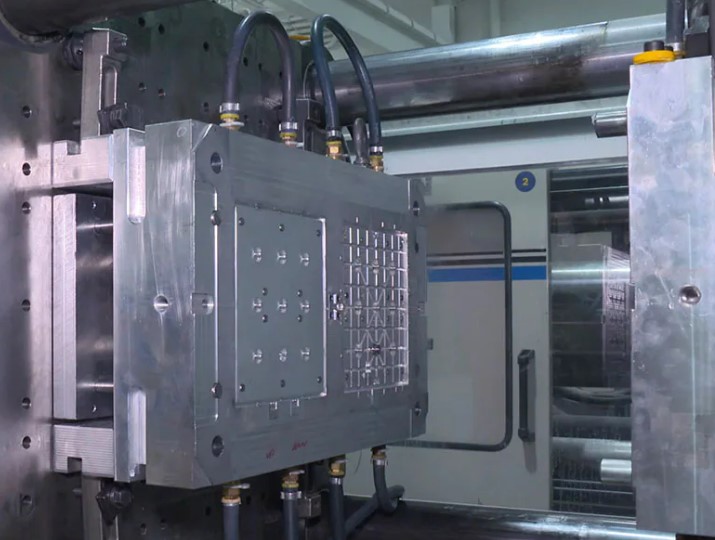Introduction
In the vast and dynamic realm of plastic processing, Automatic Injection Moulding has emerged as a cornerstone technology, revolutionizing the way plastic products are manufactured. This innovative process has become the go - to method for countless industries, from consumer electronics to automotive, and from medical devices to packaging.
Automatic Injection Moulding offers a level of precision, efficiency, and productivity that traditional plastic processing methods simply cannot match. It allows for the mass production of high - quality plastic components with intricate designs and tight tolerances. For instance, in the production of small, complex parts for smartphones, automatic injection moulding can create parts with dimensions accurate to within a fraction of a millimeter. This level of precision ensures that the final products fit together seamlessly, enhancing the overall functionality and aesthetics of the device.
How Automatic Injection Moulding Works
1. The Basic Process
The automatic injection moulding process is a well - orchestrated sequence of steps that transforms raw plastic materials into finished products with remarkable precision.
- Plastic Granule Melting: First, plastic granules are fed into the hopper of the injection moulding machine. These granules are typically made from various types of thermoplastic resins, such as polyethylene (PE), polypropylene (PP), or acrylonitrile butadiene styrene (ABS). The granules then enter the heated barrel of the machine. Inside the barrel, a rotating screw - like mechanism, known as the screw injector, applies both heat and pressure. The heat source, usually electric heaters wrapped around the barrel, raises the temperature of the plastic granules to their melting point. For example, the melting point of PE is around 110 - 130°C, while that of ABS is approximately 200 - 240°C. As the granules are pushed forward by the screw, they gradually melt into a viscous, molten state, ready for the next stage.
- Injection into the Mould Cavity: Once the plastic is fully melted, the screw injector rapidly moves forward, forcing the molten plastic under high pressure through a nozzle and into the closed mould cavity. The pressure applied during injection can range from 50 to 200 MPa, depending on the complexity of the mould design and the type of plastic being used. This high - pressure injection ensures that the molten plastic fills every intricate detail of the mould cavity, replicating the desired shape of the final product accurately. For instance, when manufacturing a small plastic gear with fine teeth, the high - pressure injection ensures that the teeth are formed with sharp edges and the correct dimensions.
- Cooling and Curing After the mould cavity is filled, the molten plastic begins to cool and solidify. This is a crucial stage as it determines the final properties of the product. The mould is usually connected to a cooling system, which circulates cool water or other cooling media through channels within the mould. The cooling process can take anywhere from a few seconds to several minutes, depending on the thickness and size of the product. For a thin - walled plastic cup, the cooling time might be only 5 - 10 seconds, while a larger, thicker - walled automotive component could require 30 seconds or more to cool and solidify properly. As the plastic cools, it contracts and takes on the shape of the mould cavity.
- Demolding: Once the plastic has cooled and solidified sufficiently, the mould opens, and the finished product is ejected. Ejection is typically achieved using ejector pins, which are small rods located within the mould. When the mould opens, the ejector pins are pushed forward by a mechanical or hydraulic mechanism, gently pushing the product out of the mould cavity. This process is designed to be smooth and efficient to prevent any damage to the finished product. In some cases, especially for products with complex shapes or undercuts, additional mechanisms such as sliders or lifters may be used to facilitate the ejection process.
2. Key Components and Their Functions
An injection moulding machine is a complex piece of equipment, and each of its key components plays a vital role in the injection moulding process.
- Injection system: The injection system is responsible for melting the plastic granules and injecting the molten plastic into the mould. It consists of the hopper, the heated barrel, the screw injector, and the nozzle. The hopper stores the plastic granules and feeds them into the barrel. The heated barrel, as mentioned earlier, melts the plastic using heat and the mechanical action of the screw. The screw injector not only melts the plastic but also provides the force to inject it into the mould. It can rotate to mix and melt the plastic and move forward linearly to inject the molten plastic. The nozzle is the final point through which the molten plastic exits the injection system and enters the mould. It is designed to ensure a smooth and controlled flow of the molten plastic.
- Mold closing system: The Mold closing system is crucial for clamping the mould closed during the injection and cooling stages and then opening it for product ejection. It typically includes the stationary platen, the moving platen, and the clamping mechanism. The stationary platen holds one half of the mould in place, while the moving platen moves towards and away from the stationary platen. The clamping mechanism, which can be hydraulic, mechanical, or a combination of both, applies a high clamping force to keep the mould closed during injection. This clamping force is necessary to prevent the mould from opening due to the high pressure of the injected molten plastic. For example, a medium - sized injection moulding machine might have a clamping force of 1000 - 2000 kN.
- Mold: The mould is the heart of the injection moulding process as it determines the shape and dimensions of the final product. A mould consists of two halves: the cavity half and the core half. When the mould is closed, the cavity and core halves come together to form the mould cavity, which is the exact shape of the product to be manufactured. Moulds can be simple, with a single cavity for producing one product at a time, or complex, with multiple cavities (multi - cavity moulds) that can produce several identical products in one cycle. For example, a mould for producing small plastic buttons might have 100 or more cavities, significantly increasing the production efficiency. Moulds are usually made from high - quality steel or aluminium alloys to withstand the high pressures and temperatures during the injection moulding process.
Applications of Automatic Injection Moulding
1. In the Automotive Industry
The automotive industry is one of the major beneficiaries of automatic injection moulding technology. This technology is used extensively in the production of various automotive components, both for interior and exterior applications.
- Exterior Components: Automobile bumper are a prime example. Made from materials like polypropylene (PP) with additives for impact resistance, they are produced through automatic injection moulding. These bumpers need to be precisely shaped to fit the vehicle's body contour and provide protection during collisions. The high - volume production required in the automotive industry makes automatic injection moulding an ideal choice. For instance, a mid - sized automotive manufacturing plant might produce thousands of bumpers per day using this process. Automobile body panel are also often manufactured via injection moulding. They can be made from a variety of plastics, including fiberglass - reinforced plastics, which offer a good balance of strength and weight. These panels must have a smooth surface finish and accurate dimensions to ensure proper fit and aerodynamics of the vehicle.
- Interior Components: Dashboard are complex assemblies that often incorporate injection - moulded parts. They are made from materials such as acrylonitrile - butadiene - styrene (ABS) or polycarbonate - ABS blends for their durability, heat resistance, and good aesthetic properties. The injection - moulded parts in dashboards can include instrument clusters, glove box housings, and air vent surrounds. Automobile seat components, like seat backs and cushion frames, are also produced using automatic injection moulding. Materials like high - density polyethylene (HDPE) are used for their strength and cost - effectiveness. These parts need to be designed to support the weight of passengers and withstand the stresses of daily use.
2. In the Consumer Goods Sector
The consumer goods sector relies heavily on automatic injection moulding for the production of a wide range of products.
- Daily necessities Items such as plastic tableware, including forks, spoons, and knives are mass - produced using automatic injection moulding. Polypropylene is a commonly used material due to its low cost, non - toxicity, and dishwasher - safe properties. A large - scale plastic tableware manufacturer can produce millions of pieces of cutlery per month through this process. Household items like storage containers, soap dispensers and shower heads are also made using injection moulding. These products often require complex shapes and precise tolerances to ensure proper functionality. For example, a storage container needs to have a tight - fitting lid to prevent leakage, and injection moulding can achieve this with high precision.
- Electronic product casing a popular consumer product that is almost exclusively produced by automatic injection moulding. They can be made from various plastics, such as thermoplastic polyurethane (TPU) for its shock - absorbing properties or polycarbonate for its high - strength and scratch - resistance. The ability to produce phone cases with different colors, textures, and designs in high volumes makes injection moulding the go - to process. Computer cases also utilize injection-moulded parts. The cases for laptops and desktop computers need to be sturdy to protect the internal components while also being lightweight for portability (in the case of laptops). Materials like ABS or acrylonitrile styrene acrylate (ASA) are often used, and the injection moulding process can create the intricate shapes and cutouts required for ports, buttons, and ventilation.
3. In the Medical Field
The medical field has stringent requirements for the production of devices and components, and automatic injection moulding meets these demands with precision and hygiene.
- Medical equipment components: Components of syringes are typically made through injection moulding. The barrel of a syringe, for example, needs to be made from a clear, biocompatible plastic such as polypropylene. The process ensures that the barrel has a smooth inner surface for accurate plunger movement and consistent wall thickness. Surgical instruments like forceps handles and some types of disposable scalpels may also have injection - moulded parts. These parts need to be made from materials that can withstand sterilization processes, such as ethylene oxide sterilization or autoclaving.
- Disposable medical devices: Disposable medical trays used in operating rooms or clinics are often injection - moulded. They are made from sterile, non - toxic plastics and are designed to hold various surgical tools, medications, or samples. The high - volume production of these trays is made possible by automatic injection moulding, ensuring a constant supply in healthcare facilities. Medical implants that are intended for short - term use, such as some types of catheters, can also be produced using this process. These implants need to be biocompatible, have precise dimensions for proper insertion and function, and the injection moulding process can meet these requirements while allowing for mass production.
Yigu Technology's Perspective
As a non - standard plastic metal products custom Supplier, Yigu Technology deeply understands the significance of Automatic Injection Moulding. Our technical expertise allows us to handle complex custom projects with ease. We have state - of - the - art equipment and a team of experienced engineers who can design and manufacture moulds that meet the most demanding requirements.
Our service advantage lies in our ability to provide end - to - end solutions. From the initial design consultation, where we use advanced software for mould flow analysis to optimize the design, to the final production and quality inspection, we ensure every step is carried out with precision. We also offer fast turnaround times, which is crucial for clients who need to bring their products to market quickly.
For customers, we can provide highly customized solutions. Whether it's developing a unique plastic - metal composite product for the automotive industry or creating intricate plastic components for medical devices, we have the skills and resources to turn their ideas into reality. Our commitment to quality and innovation makes us a reliable partner in the field of automatic injection moulding.
FAQ
1. What types of plastics are suitable for automatic injection moulding?
- Polyethylene (PE): It has good chemical resistance, low cost, and high flexibility. High - density polyethylene (HDPE) is often used for products like bottles, containers, and pipes due to its strength and durability. Low - density polyethylene (LDPE) is suitable for items such as plastic bags and films because of its flexibility.
- Polypropylene (PP): PP offers excellent heat resistance, which allows it to withstand higher temperatures compared to PE. It is also lightweight, has good chemical resistance, and is commonly used in automotive components, household appliances, and food packaging. For example, the inner linings of car doors and the handles of kitchen utensils are often made of PP.
- Acrylonitrile Butadiene Styrene (ABS): ABS combines the properties of its three monomers, providing good impact resistance, dimensional stability, and surface finish. It is widely used in the production of electronic device housings, such as those for televisions, computers, and game consoles, due to its ability to be easily molded into complex shapes and its aesthetic appeal.
